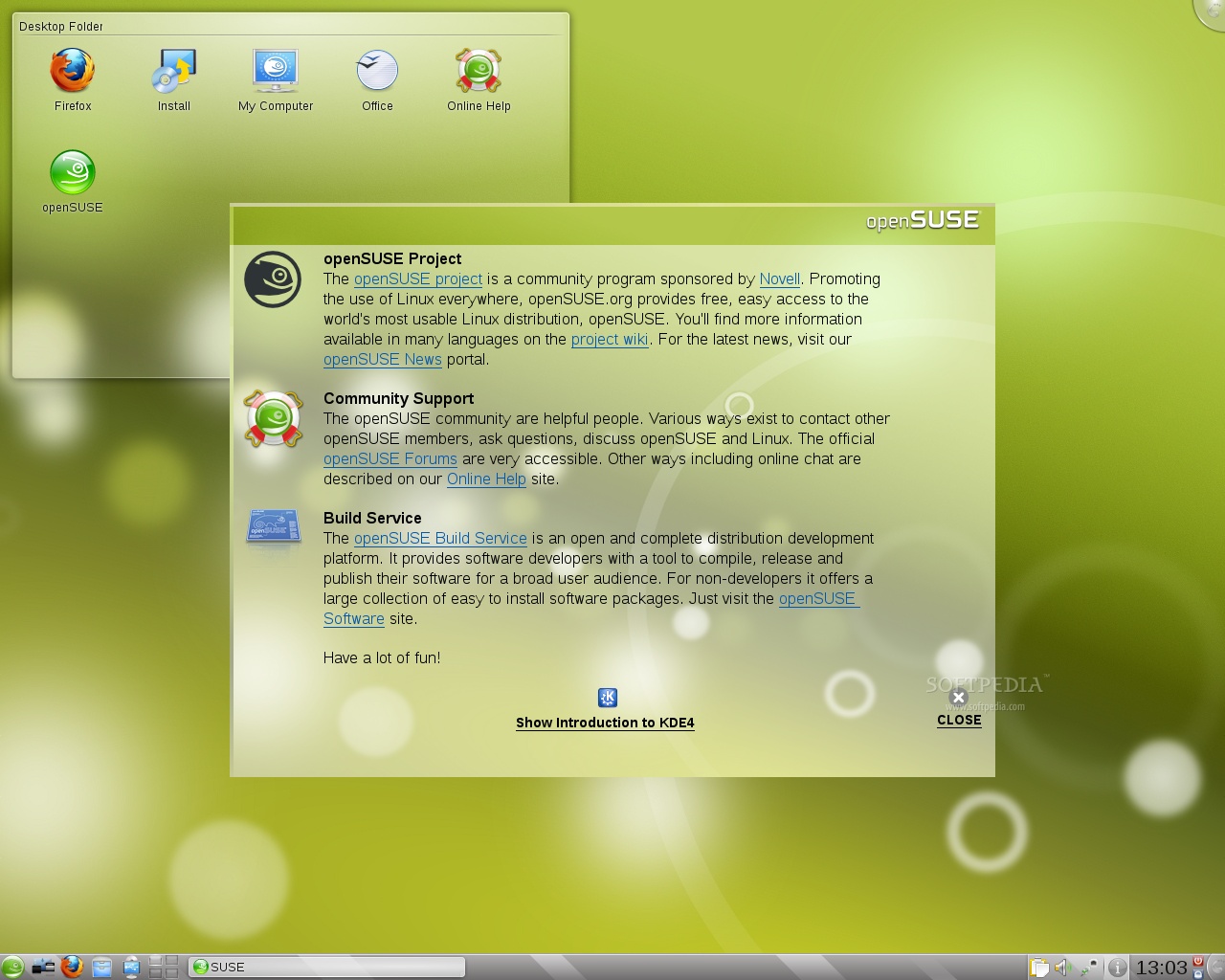

- Elinks for suse 12 how to#
- Elinks for suse 12 install#
- Elinks for suse 12 password#
- Elinks for suse 12 license#
- Elinks for suse 12 iso#
Elinks for suse 12 install#
The graphical install was straightforward, easy-on-the-eyes, and offered good defaults. I'd love to get into the nitty gritty details about install and configuration, but there isn't much to tell. Other good KDE distros like Neon or KaOS aren't my cup of tea (KaOS for example, doesn't install anything not based on QT, so goodbye emacs, gkrellm, claws-mail, and a lot of other things I love). OpenSUSE, God bless it, is somewhat of a mess in my opinion (and it was my first love). I installed the February 2021 version of Mageia this week, because I wanted a solid KDE desktop with no muss or fuss. So it's always puzzled me that this distro doesn't get more attention than it does. But Mageia has something I sorely miss elsewhere, the Mageia Control Center (MCC), which manages superuser tasks like package installs, system updates, firewall, and network connections, in a comfortable, graphic format. In my case, I went to Linux Mint long ago and don't regret it. The Ubuntu/Debian derivatives kind of ran away with the world's attention, and to be fair, the Ubuntu family is a cinch to install, has a huge package repository, and offers overall a good user experience. You don't hear much about Mageia these days (2021). And it stayed on my machine for about two years, where it was a loyal friend that served me well. But in early 2016 I bought a new laptop and needed a reliable Linux distro to put on it, and Mageia – the heir/successor to Mandrake then Madriva – was what I installed. I went with SuSE for many years, and then began playing the field. RedHat was the other “Big One” but was already more associated with corporate and server infrastructure, in my opinion.
Elinks for suse 12 how to#
Hope you guys got an idea of how to install SLES12 SP2 and if you have any questions or suggestions, please do share your feedback and comments.In 2001 when I first ditched my Win98 install and turned to Linux, Mandrake and SuSE were about neck-and-neck in the competition to be the most user-friendly consumer Linux distribution, with niceties like good installers and hardware detection. These are all the steps for installing the SUSE 12 SP5.
Elinks for suse 12 password#
Input the password that you set up during the installation. Start and log in to SUSE 12 SP5.Īfter the installation is complete, the server will be restarted. Perform the installation settings and start the installation.Īfter all the configuration items are complete, the system performs the configuration settings and then starts the installation. If you forget the password, you'll need to reinstall SUSE. If you create a local user, be sure to remember the password, because you'll need this password to log in to SUSE. If you do not want to configure the network, you can skip the step. If you do not want to register, you can click Skip Registration. Step 7. Register your system or skip the registration.
Elinks for suse 12 license#
Select the language, keyboard and license agreement.Īfter selecting the information, you need to select I Agree to the License Terms and click Next. Initialize the installation of SUSE 12 SP5.Īfter loading the system program, please select Installation to install SUSE 12 SP5. Press F2 when the following screenshot is displayed, then choose UEFI DVD-ROM. The x86 servers like 2288H V5, 1288H V5, etc. do not need this step.Īfter configuring the BIOS, the server will be restarted. Only the ARM servers like Taishan 2280, Taishan 2180 and all Taishan servers need to disable the SPCR.

Elinks for suse 12 iso#
If you install the OS locally, you can copy the ISO to a disk and insert it into the server.Ī) Restart the server and log in to the BIOS.ī) Click Advanced -> MISC Config -> Support SPCR. After that, you will see the screenshot as per below: Please log in to the server remotely, click the DVD/ROM and select the ISO, then click Connect. You can download the ISO on SUSE Linux Enterprise Server.

Please download the SUSE 12 SP5 ISO file based on the server architecture. RECOMMENDATIONS FOR THE SPECIFIC USE TO INSTALL SUSE 12 SP5ĥ12 MB to 4 GB RAM, at least 256 MiB per CPU Ĥ GB hard-disk space, 16 GB for the snapshot/rollback of the OS. Today I am glad to share with you how to install Suse Linux 12 on a Huawei Server step by step. SLES 12 SP5 can be installed on platforms including AMD64/Intel64(x86), ARM, System Z and IBM Power. As we know, the SLES (SUSE Linux Enterprise Server) can be installed on a physical server or on a virtual machine (VM) and can back up the entire OS system, facilitating rapid deployment in a production environment.


 0 kommentar(er)
0 kommentar(er)
